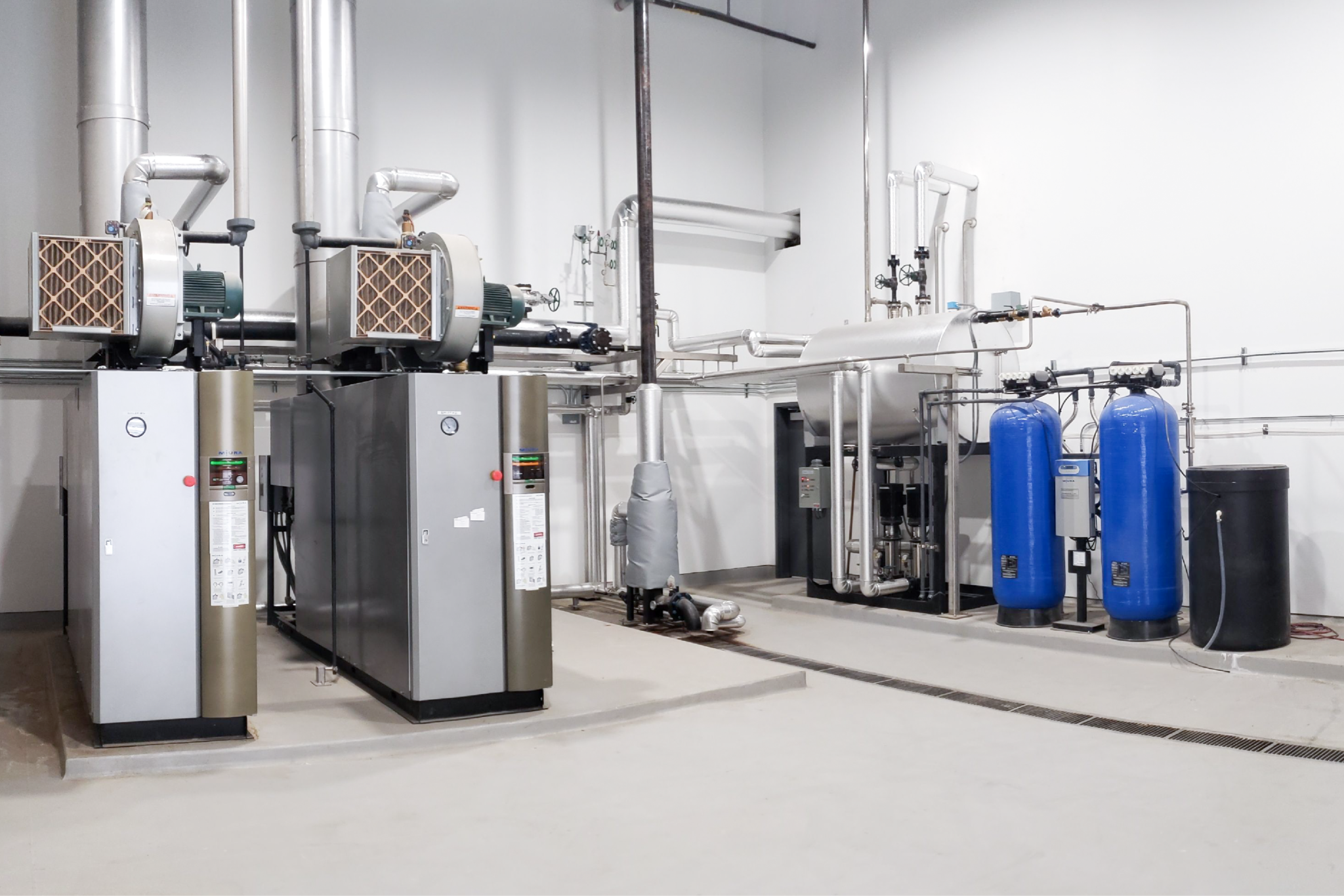The two main forces driving the manufacturing business to adopt automation are rising production costs and the need for enhancing productivity. The competition for business has been pretty stiff in the manufacturing industry. Globalization created a huge demand for products that lead factories to find a solution to improve their productivity while minimizing the production cost. Even with the use of machines, traditional factories still depend on manpower in dealing with the high demand for a product. However, businesses take on huge labor costs to compensate for their need for productivity using manpower. This move, however, increases the overall cost of production forcing them to minimize their profits. To increase productivity without suffering from a loss of profits, more and more factories adopted automation – and now they are enjoying the benefits of it.
Automation Increased Productivity
Automation significantly altered the way of using machines in the manufacturing industry. Formerly, machines need human operators to function. Modern technology enabled machines to operate by themselves with very little assistance from humans. The manufacturing industry integrated Robotics to their workplace and it gained positive results. Humans cannot work continuously without having to take breaks. Additionally, they need to take day-offs to be relieved of work-related stress. Productivity suffers from these breaks and day-offs. Fortunately, automation enables the machine to work continuously even without breaks. For state of the art automated solutions, be sure to visit IntelLiDrives to learn more
Automation enables factories to manufacture products at a rate way beyond human capacity. Robots can work at a rate of 3x or more than a human could do. A week’s production can now be finished within a day or two. With this kind of speed, factories were able to keep up with the high demand for products.
Humans are prone to making mistakes and inconsistency especially when they are not feeling well or get too tired of the monotonous job. This could result in product variability, defects or worse – rejects. Such defects and rejects can negatively affect the productivity of a factory. Automation solved this problem by using robotics. Robotics are programmed to do specific tasks at an amazing speed and precision. The combination of speed and precision highly compensates productivity.
Automation Decreased Production Costs
Profit is one of the most significant reasons for doing business. An increase in a product’s price to compensate for production costs is not an ideal way of keeping loyal clients. Innovation has been the name of the game in all business sectors – and automation is one of the greatest innovations of modern technology.
Automation reduces production costs in a variety of ways. Robotics can perform the manufacturing process with minimal variability. Thus, products are fabricated with high quality and consistency. This minimizes wastage of materials that could highly contribute to production costs. Additionally, robotics are designed with increased process control to make use of materials efficiently, resulting in a reduced amount of scrap.
Labor cost is also a part of production cost. Robotics has been replacing humans in the workplace and this results in a positive impact on labor cost. Less human workers are needed in the production line as machines perform most of the job. In a traditional factory, factory workers labor at an average of 70 hours per week. Automation and robotics have gradually reduced the working hours in almost half or at about 40 hours per week. This means the cost of wages is reduced at the same rate.
Automation removes workers from the hazards of the factory environment. As a result, health problems, accidents, or even deaths within the workplace were minimized if not totally avoided. This saves the business from the trouble of facing possible legal actions and allotting more expenses on accident-related compensations.
As modern technology continuously improves, more advanced electrical motors were developed. Automation benefitted from this as automated factories are now using energy-efficient electrical motors for their machinery. Electric motors are capable of sensing current flows making automatic adjustments. This enables a business to save power usage as much as 30% to 40%. The modern electric motors were equipped to precisely control acceleration and deceleration, which reduces energy loss due to overheating. Additionally, since robotics can work at a very high speed, factories were able to lower cycle times leading to a much lesser output of energy. The manufacturing industry (as a whole) was able to minimize the cost of electricity usage saving them billions of dollars in annual electric bills.
Finally, automation saves precious spaces due to the availability of compact machinery and robotics. Factories can now convert unused spaces for other useful purposes like extra storages or even as an extension of a warehouse.










